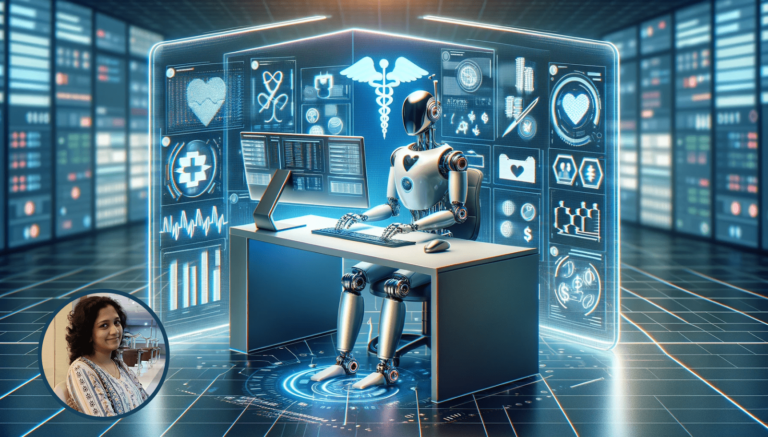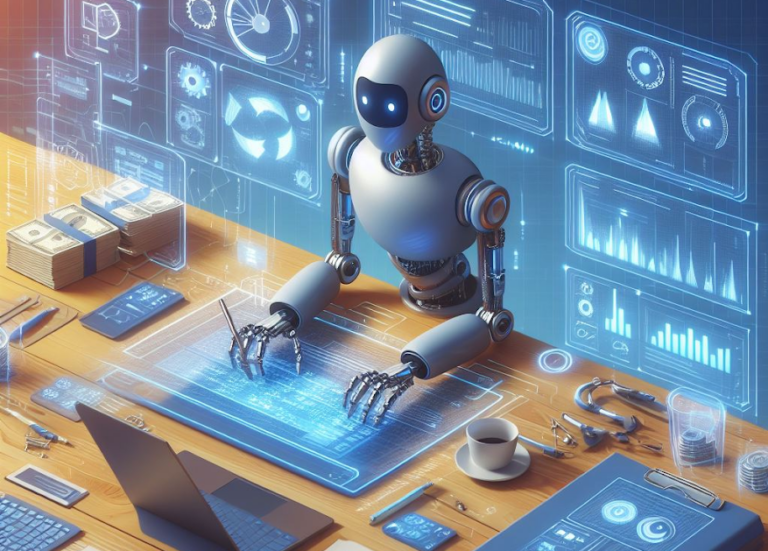
Automating repetitive and routine tasks, such as data entry and analysis, holds the promise of transforming industries across finance, healthcare, and e-commerce. Traditionally, these tasks have been labor-intensive, time-consuming, and prone to errors, undermining efficiency and accuracy.
Automating data entry and analysis brings forth a plethora of benefits such as:
- Fast Turnaround Time: Automated processes significantly decrease the time and effort required for data entry and analysis tasks, resulting in quicker completion times and enhanced efficiency.
- Increased Productivity: Automation enables employees to concentrate on more strategic and value-added activities by handling repetitive tasks, thereby boosting overall productivity.
- Minimized Human Error: Automated systems reduce the likelihood of human error associated with manual data entry and analysis, leading to improved data accuracy and reliability.
- Cost Savings: Automation streamlines operations and reduces the necessity for manual labor, thereby helping organizations save on labor costs and operational expenses.
- Improved Decision Making: Automated analysis provides access to accurate and timely data, facilitating better-informed decision-making processes and yielding more effective strategies and outcomes.
- Scalability: Automated systems are easily scalable to accommodate growing data volumes and tasks, ensuring efficient fulfillment of organizational needs even as demands increase.
- Enhanced Data Security: Automation often includes built-in security measures to safeguard sensitive information, mitigating the risk of data breaches and unauthorized access.
- Consistency and Standardization: Automation ensures consistency and standardization in data entry and analysis processes, eliminating variations that may occur with manual methods.
AI serves as a catalyst for revolutionizing data entry processes, offering solutions to overcome the challenges inherent in manual methods. Some of these solutions include:
Data Entry Automation:
Optical Character Recognition (OCR) and Intelligent Character Recognition (ICR) technologies allow AI systems to accurately extract text and data from various sources such as documents, images, and scanned files. Natural Language Processing (NLP) algorithms can convert unstructured data, including emails, social media posts, and customer reviews, into structured formats suitable for analysis.

Data Analysis Automation:
Machine Learning (ML) algorithms automate data analysis by identifying patterns, trends, and correlations within extensive datasets. AI-powered predictive analytics models forecast future outcomes based on historical data, aiding organizations in making informed decisions. AI algorithms conduct sentiment analysis on textual data, extracting insights about customer opinions, attitudes, and emotions.
Data Visualization Automation:
AI-driven tools automatically generate visualizations such as charts, graphs, and dashboards to present complex datasets in a user-friendly format. Natural Language Generation (NLG) algorithms transform analytical insights into human-readable narratives, enhancing data interpretation. AI systems customize visualizations according to user preferences, including interactive features, color schemes, and layout designs.
Enhanced Accuracy and Efficiency:
AI-driven automation minimizes manual errors, improving the accuracy of data entry, analysis, and visualization processes. Automation streamlines repetitive tasks, enabling analysts to focus on higher-value activities such as interpreting results and deriving actionable insights.
Scalability and Adaptability:
AI-powered automation scales effortlessly to handle large volumes of data and adapt to evolving business requirements, ensuring consistent performance and flexibility. Advanced AI algorithms adjust to changes in data patterns and trends over time, continuously enhancing the accuracy and relevance of analysis and visualization outcomes.
Integration with Workflow Systems:
AI-driven tools seamlessly integrate with existing workflow systems, facilitating end-to-end automation of data processes from ingestion to visualization. Integration with collaborative platforms enables real-time sharing and collaboration on data analysis and visualization projects among team members.
In essence, automating repetitive tasks represents more than just a technological advancement; it signifies a paradigm shift in how organizations harness human potential. By embracing automation, businesses can unleash creativity, critical thinking, and innovation, driving long-term success and growth.
About the author:

Aswathi P V holds certification in Data Science and Analytics, complemented by a Master’s degree in Machine Learning and Computer Science. Boasting over five years of teaching experience and an 18-month tenure as an Associate Software Engineer at Founding Minds, she offers extensive expertise to both projects and educational environments.

